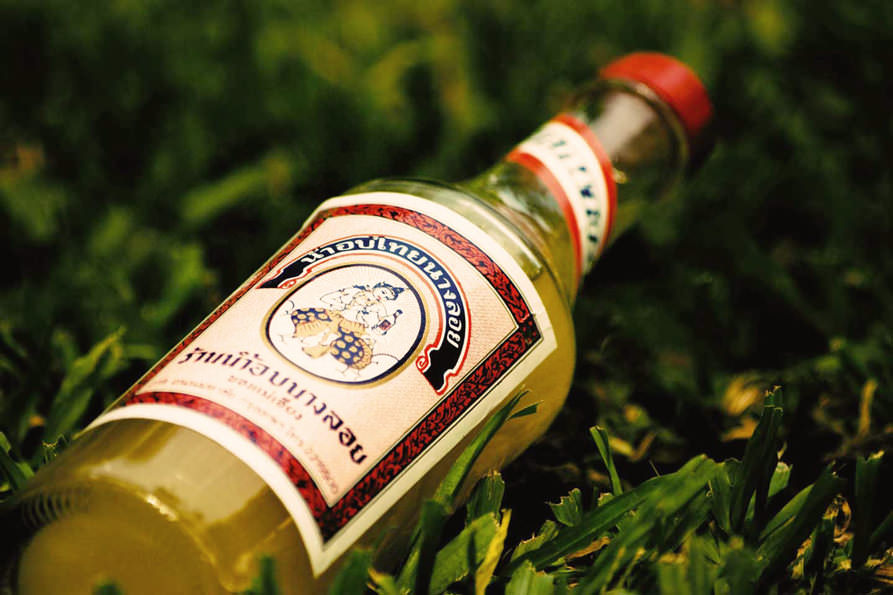Legend
The origin of Thai Traditional Perfume
Nam Ob Thai
In ancient Thai society, the use of fragrances was intricately woven into various traditions and daily life. From ceremonies such as hair-shaving rites, the ritual bathing of Buddha images, and pouring water over elders during Songkran, to the practice of sprinkling water on the deceased, fragrances played a significant role. There are several types of traditional Thai fragrances, including:Nam Ob (น้ำอบ) – A scented water, Nam Prung (น้ำปรุง) – A fragrant water, Sri Phueng (สีผึ้ง) – A fragrant balm, Pang Ram (แป้งร่ำ) – A scented powder, White Clay (ดินสอพอง) – A scented pure white clay. Among these, Nam Ob was the most popular and commonly used for personal fragrance. Historical evidence indicates that the use of Thai perfumes or traditional fragrances dates back to the Sukhothai era and continued through the late Ayutthaya period. During the Rattanakosin era, King Phra Phutthaloetla Naphalai (Rama II) had a great fondness for Nam Ob and Nam Prung. His patronage exemplified the popularity and use of these fragrant products among the elite of that time. The widespread adoption of fragrances in Thai society often originated in the royal court and then spread to the general populace, reflecting the influence of the monarchy on cultural practices. The use of traditional Thai fragrances has deep historical roots, intertwined with cultural practices and royal patronage. From its origins in ancient Siam to its continued relevance today, these fragrances remain a symbol of Thailand's rich cultural heritage and the enduring tradition of personal adornment.
“Nam Ob” refers to a type of traditional Thai perfume that is in liquid form. In the past, making Nam Ob involved using fresh, fragrant flowers such as jasmine, orchid, and champaca, as well as woods and resins like bergamot peel, sandalwood heartwood, and the shell of the Chulud fruit. These ingredients were infused and steamed in water to create a naturally cool and aromatic scent. Traditionally, Nam Ob was produced in small quantities for daily household use. Since the scent of fresh flowers would change over time, it was typically made fresh and used within a short period to maintain its fragrance. This method of making Nam Ob was a daily practice in households, reflecting its integral role in daily life. During the reign of King Chulalongkorn (Rama V), Western perfumes were introduced and integrated with traditional Thai aromatic practices. This led to the development of two distinct types of Nam Ob: Thai Nam Ob and Western Perfumes. The Western Perfumes caused a shift in the popularity of traditional Thai Nam Ob since then.

“Nam Ob Thai” or Thai aromatic water that is infused with the smoke from frankincense or scented candles (which are made from bergamot peel, frankincense, brown sugar, beeswax, and nutmeg). This aromatic water has a distinct appearance, characterized by its clear, light yellow color.
Today, the popularity of traditional Thai perfume as a personal care or cosmetic product has significantly declined among younger generations. However, Thai perfume remains an important and essential part of Thai society. It is used in various ceremonial occasions, such as wedding, Songkran Festival, New Year's Cerebrations, Buddha Image Bathing, Pouring Water Over Elders or Fenerals. The use of Thai perfume in these ceremonies serves as a way to preserve and pass down cultural traditions and identity within Thai society.
